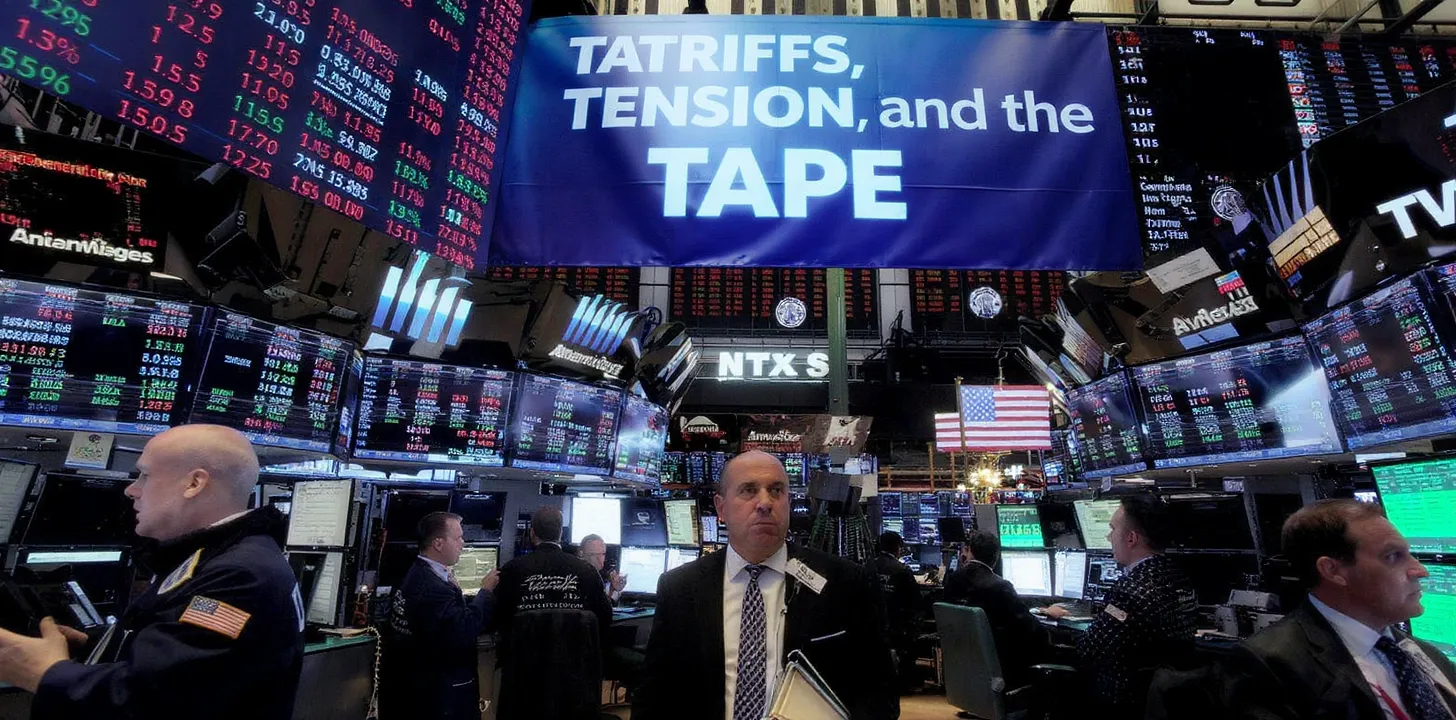Year-End Volatility: Negative Leads, Key Data Releases, and Market Sentiment for 2025
Introduction
As the final days of 2024 wind down, market participants find themselves grappling with an unexpected bout of volatility. A negative offshore lead from Wall Street, where major U.S. indexes ended lower on Friday, sets a cautious tone for Asian equities entering the last trading sessions of the year. Meanwhile, long-end U.S. Treasury yields rose, oil prices firmed, and the U.S. dollar eased slightly against a basket of currencies. Weekend headlines surrounding President-elect Donald Trump’s policy stance on H-1B visas, the impeachment drama in South Korea, and a tragic plane crash also add uncertainty to a market already sensitive to global developments.
In this article, we dissect last week’s market moves, highlight key weekend headlines, and look ahead to the critical economic data scheduled for the first week of January 2025. We also explore the spillover effects across equities, currencies, commodities, and bonds, providing a roadmap for traders and investors seeking to navigate an increasingly unpredictable environment.
Overnight Market Reactions
- Equities: Wall Street’s negative close on Friday saw the Dow Jones Industrial Average slip by 0.77%, the S&P 500 by 1.105%, and the Nasdaq by 1.49%. Despite the weekly gains earlier, profit-taking and a spike in long-end Treasury yields prompted a selloff. Emerging Market (EM) ETFs also fell by 0.44%, signaling a risk-off sentiment heading into Asia’s Monday open.
- Bonds: Long-end U.S. Treasury yields climbed, with the 10-year yield rising 6 basis points to 4.631% and the 30-year yield also up by 6 basis points to 4.822%. The 2-year yield remained steady at 4.330%, pointing to a slightly flatter yield curve that may indicate investor caution about near-term growth prospects.
- Currencies: The U.S. dollar eased by 0.1% overall, with relatively modest moves against major peers. The British pound (GBP) was an outlier, gaining 0.4% thanks to short-covering and bargain-hunting above key support at 1.2475. Elsewhere, the euro (EUR) remained steady, while the Japanese yen (JPY) and the offshore Chinese yuan (CNH) both inched 0.05% higher against the greenback.
- Commodities: Oil prices firmed, supported by data indicating a substantial decline in U.S. crude inventories, which traders interpreted as a sign of robust economic activity. Brent crude rose 0.75%, while WTI crude gained 0.9%. Copper was down slightly by 0.05%, constrained by a combination of tight supply and higher yields. Gold slipped 0.55% as rising bond yields dampened the attractiveness of non-yielding assets.
Weekend Headlines to Watch
- President-elect Trump Sides with Elon Musk on H-1B Visas: Trump reaffirmed his support for skilled immigration programs that allow foreign tech workers into the United States. His endorsement may ease concerns among Silicon Valley firms reliant on global talent, but specifics remain uncertain.
- South Korea’s Political Turmoil: Parliament impeached acting president Han, just as President Yoon goes on trial for alleged misconduct. This upheaval adds another layer of instability in a region already navigating global trade tensions and geopolitical challenges.
- Tragic Plane Crash in South Korea: At least 174 people were killed in a fiery plane crash over the weekend, potentially impacting market sentiment and travel-related stocks, though details remain sparse.
Week Ahead: Key Data Releases (Jan 2 – Jan 6, 2025)
- Thursday, January 2
- Eurozone HCOB Manufacturing PMI: Expected to remain at 45.2, indicating continued contraction. A reading below expectations may weigh on the euro, as it signals persistent manufacturing weakness.
- UK S&P Global Manufacturing PMI: Forecast to edge slightly higher to 47.3, still in contraction territory. Any downside surprise could intensify pressure on the pound, especially given ongoing economic headwinds.
- U.S. Initial Jobless Claims: Set to decline to 219K, suggesting resilience in the labor market. A significantly lower figure could bolster the U.S. dollar as investors eye Federal Reserve policy moves.
- Friday, January 3
- U.S. ISM Manufacturing PMI (December): Projected at 48.4, still below the 50 threshold that denotes contraction versus expansion. A stronger-than-expected reading may reinforce the U.S. dollar and soothe recession fears, while a miss could trigger a flight to safe havens like the yen and Swiss franc.
- Monday, January 6
- Eurozone HCOB Services PMI: Forecast to drop to 49.5, pointing to contraction in the services sector. Weak data could erode confidence in the eurozone’s broader economic recovery.
- UK S&P Global Services PMI: Expected to land at 50.8, barely in expansion territory. A significant disappointment might weigh on the GBP, further challenging the Bank of England’s policy outlook.
- U.S. S&P Global Services PMI: Although expected to decline to 56.1, it remains comfortably above the 50 mark. Any reading near or above forecast levels could underline U.S. economic divergence from Europe, supporting the dollar.
Spillover Effects and Intermarket Dynamics
- Equities: The balance of economic data and geopolitical headlines will likely determine risk appetite. Weak manufacturing PMIs in the Eurozone or UK could discourage equity bulls. Conversely, robust U.S. data might offer some cushion to global stocks, especially if it points to continued economic resilience.
- Bonds: Rising long-end yields in the U.S. may continue if data supports higher growth or an active Federal Reserve. Investors should watch for flattening yield curves, which might signal concerns about future economic growth.
- Currencies: Divergent economic signals set the stage for increased volatility in foreign exchange markets. Better-than-expected U.S. data typically boosts the dollar, especially against currencies tied to weaker economic outlooks such as the euro or pound.
- Commodities: Oil remains sensitive to economic data suggesting changes in demand. Meanwhile, gold’s trajectory is often inverse to real yields; should Treasury yields continue marching higher, gold may struggle to gain ground.
Risks and Opportunities
- Geopolitical Flashpoints: Political upheaval in South Korea and ongoing uncertainty around U.S. immigration policies could create pockets of volatility.
- Manufacturing vs. Services Divergence: Should services continue to outperform manufacturing in major economies, equity markets may tilt away from industrials, while consumer-facing stocks could benefit.
- Fed Policy Outlook: Strong labor market data or surprise inflation prints could alter rate expectations, reshaping risk sentiment globally.
Conclusion
As 2024 draws to a close, markets are bracing for a pivotal start to 2025. The combination of lackluster global manufacturing PMIs, political uncertainty in Asia, and shifting U.S. policy stances makes for a complex backdrop. Traders will closely watch the first tranche of economic data in January for clarity on whether the world’s major economies can stave off a deeper slowdown or if persistent headwinds will define the early months of the new year. In this environment, flexibility and vigilance are key. Keeping a close eye on cross-asset correlations, yield curve movements, and political headlines will be critical for those aiming to navigate market twists and turns as we step into 2025.



